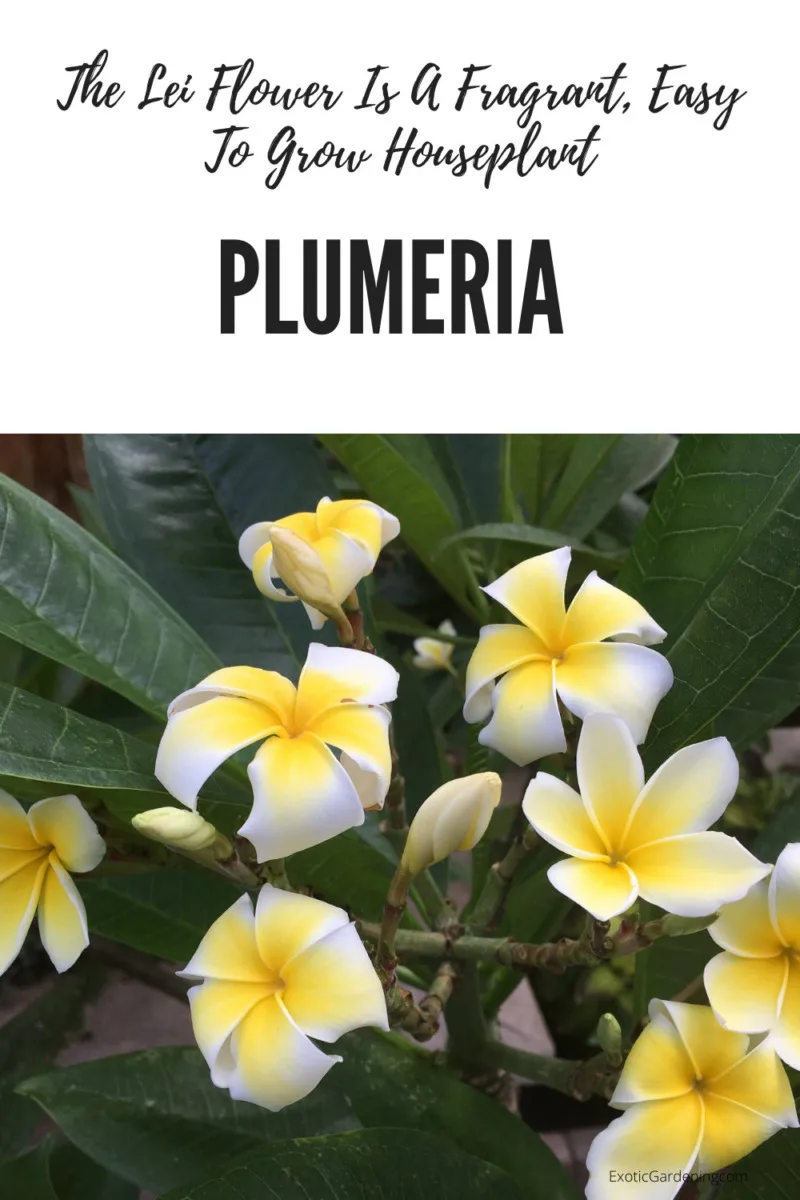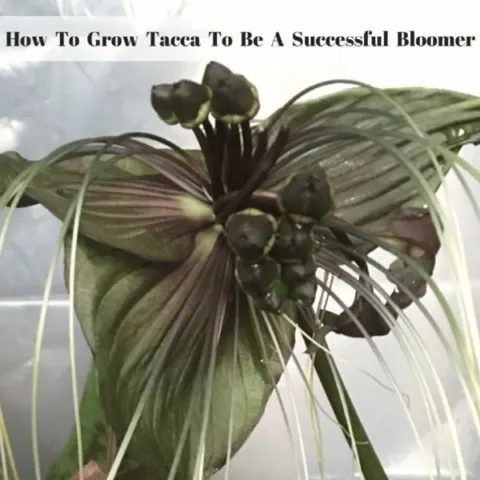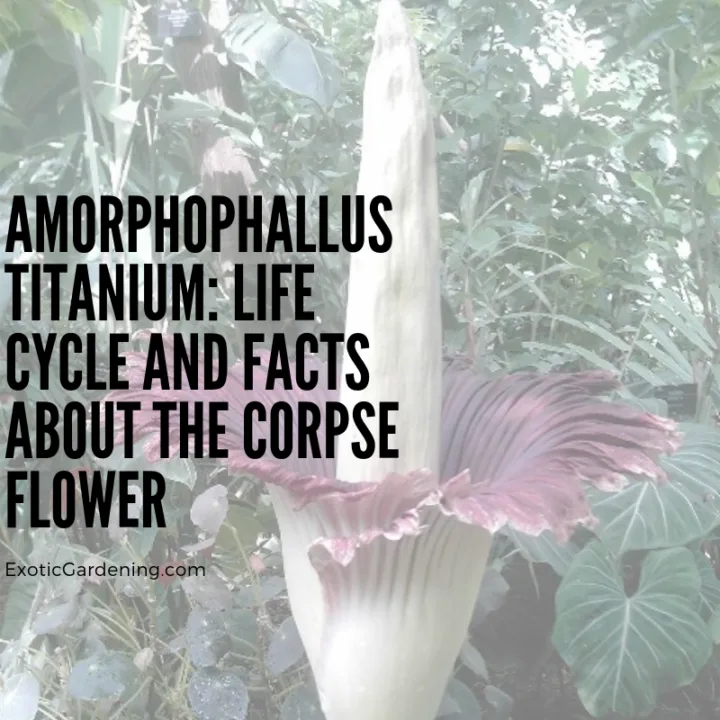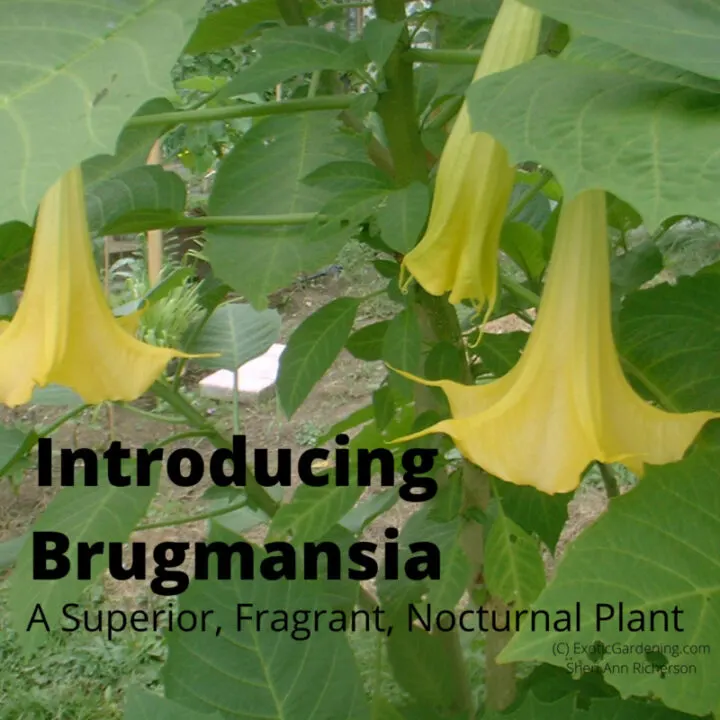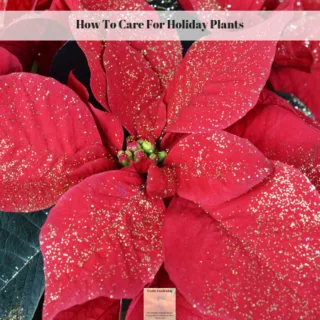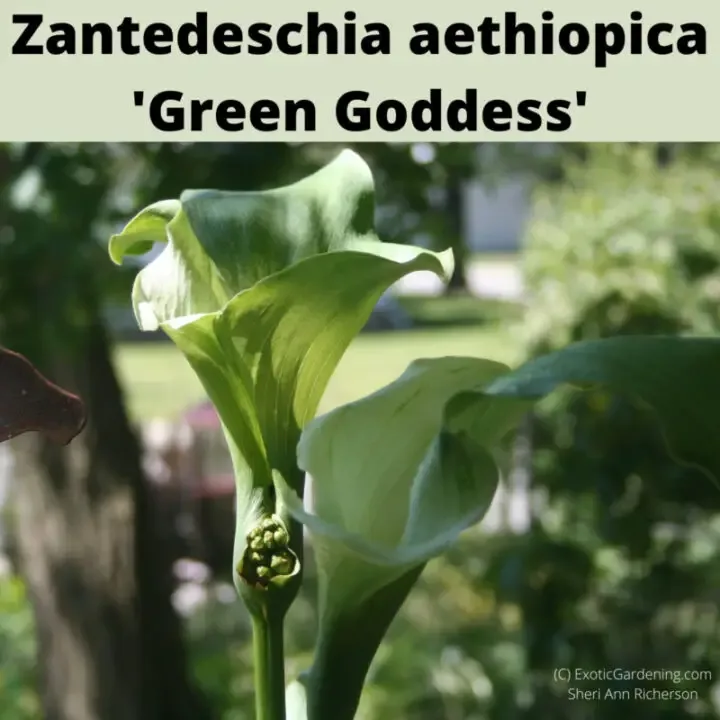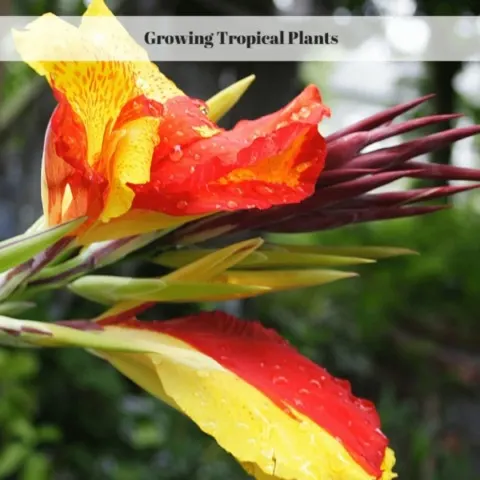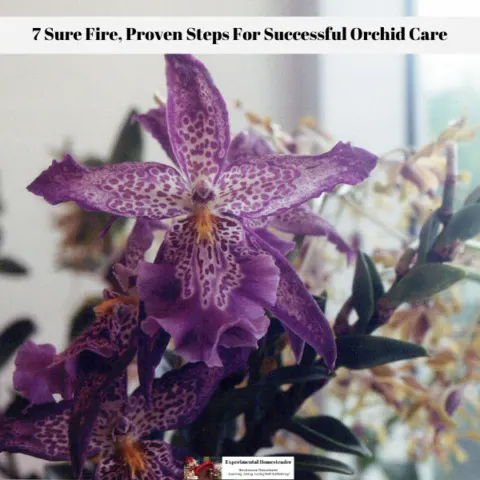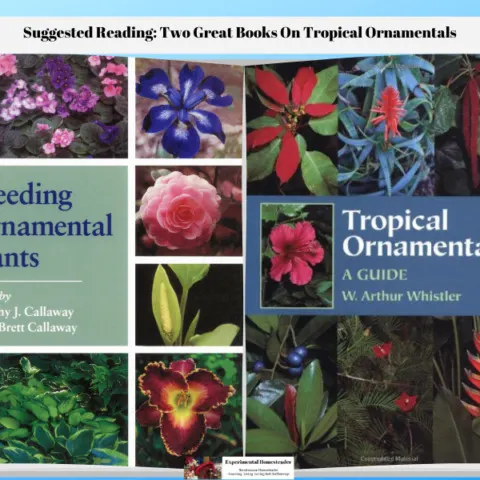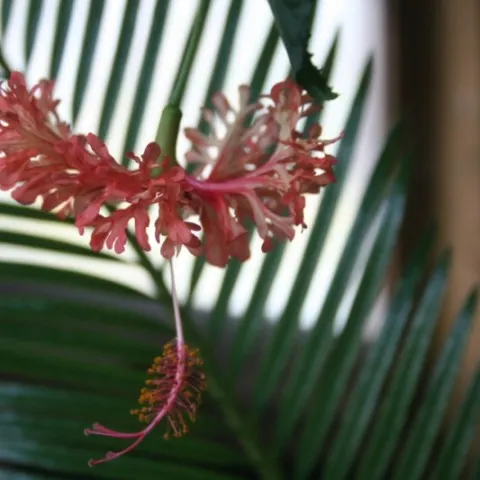Plumeria, or Frangipani, is an easy to grow fragrant plant that can be grown indoors in cold climates.
Learn about dormancy requirements, pruning, fertilizing and more.
Plumeria originates from the Caribbean Islands and Central America and is grown worldwide.
Plumeria flowers in many different colors, has a wonderful fragrance and is an easy plant to grow.
Plumeria can be grown indoors and will produce flowers throughout the winter months if it is not allowed to go dormant.
How To Induce Dormancy In Plants That Are Growing In The Ground
Plumeria prefers a period of dormancy that generally lasts from November to February.
If your wish is for your plumeria to go dormant, there are certain steps you need to take to insure your plant is safely put away for its rest period.
The first step is to decide what day you prefer the plumeria to begin its dormancy period on.
Root prune your plant by cutting the roots vertically with a sharp spade at the perimeter of the root ball.
Then wait about a week before cutting the leaves off.
Leave the very top leaves that are about one inch from the limbs alone.
This will allow the leaf stubs to turn yellow and fall off on their own.
Inducing Dormancy In Container Grown Plumeria
In the event your plumeria is growing in a pot, and you want to leave it in the pot for its dormancy period, trim the roots back to the weep holes in the pot.
Put the plant in a place where it can get adequate air circulation during its dormancy period.
You will want to keep an eye out for pests, even though your plant is dormant and if you do find some, get rid of them immediately.

Storing Plumeria Bare Root
Should you decide to store your plant bare root, shake the dirt off the roots, and then you decide if you would like to bag the root ball with burlap.
This is not necessary but some people do prefer to keep the roots in a burlap bag.
You can hang your plant, lay it in the pot, or any other method of storage you choose as long as the plant has good air circulation around it.

Reviving A Dormant Plumeria
The first week of March you will need to root prune your plumeria and repot it.
You may notice some shrinkage of the limbs, this is perfectly normal.
After the plumeria is repotted, it will need to be fertilized weekly with a bloom boosting fertilizer.
The last week of March give your plumeria some Epsom salt according to the directions on the package.
The Magnesium found in Epsom salt is a core element of chlorophyll, which is what makes plants green.
Follow the same feeding schedule in April. You should notice bud formations by the second week of April.
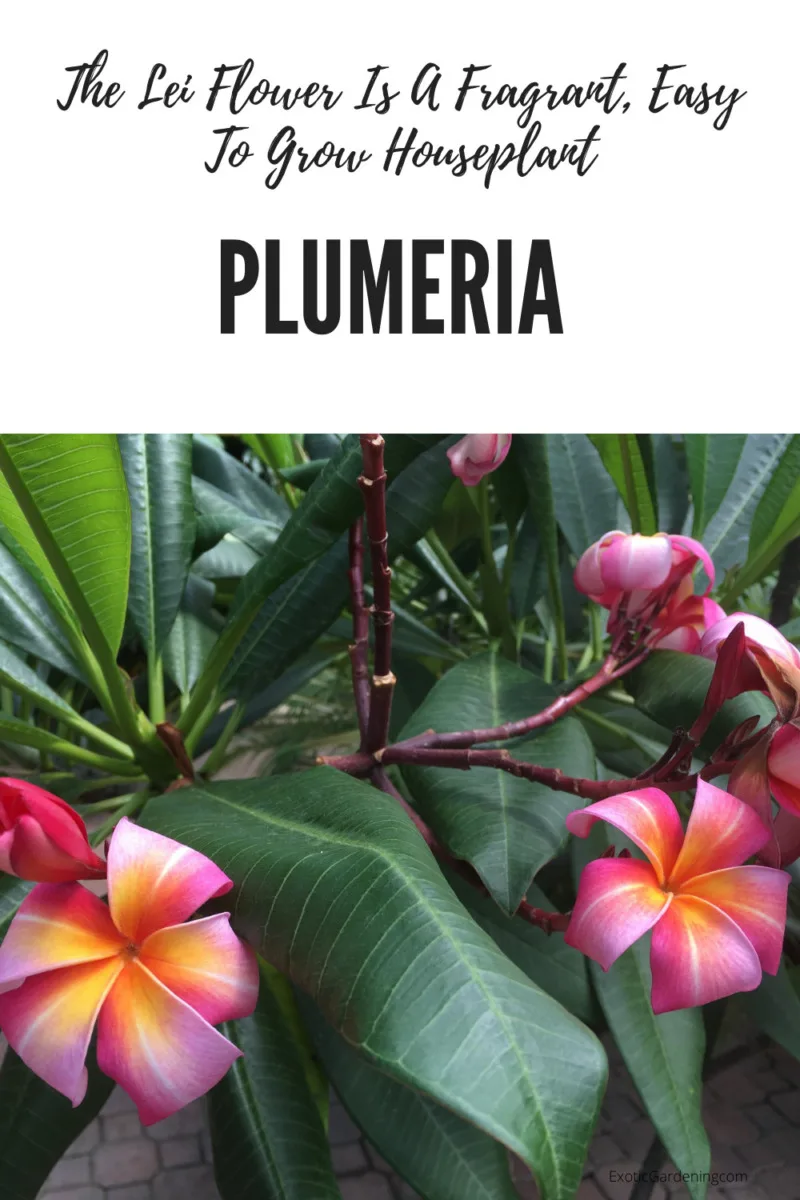
Continuing Care Of Your Plumeria
Your Plumeria should begin its full flowering season by the second week of May.
Continue to feed your plant for the remainder of the growing season following the same schedule.
If you plan on pruning or shaping your Plumeria, that should be done first thing in the spring.
The cut ends are easy to root. Simply dip the cut end into sand or rooting hormone immediately following the cut.
Then lay the cuttings somewhere where they will not be disturbed for a week.
Once the cut ends have dried, simply plant them in soil or vermiculite for rooting.
The cut ends should be placed where they can get plenty of sunlight during their rooting period.
Within six to eight weeks, you will see new leaves forming.
Flowering Tropical Plants
How To Grow Tacca To Be A Successful Bloomer
The black flowers intrigued me, but the bat plant comes in many colors - brown, white and even green! Learn how to grow tacca from seed to bloom!
Amorphophallus Titanium: Life Cycle And Facts About The Corpse Flower
Learn about the life cycle of the Amorphophallus titanium as well as how to propagate it and some fun facts about this unique corpse flower.
Introducing Brugmansia: A Superior, Fragrant, Nocturnal Plant
Brugmansia trees are highly fragrant, night blooming plants with trumpet shaped flowers. Learn how to care for your brugmansia.
How To Care For Holiday Plants
Have you ever wondered how to care for holiday plants such as the Poinsettia or the Christmas Cactus? If so, then check out this holiday plant care guide
Zantedeschia aethiopica Green Goddess
Learn how easy it is to grow Zantedeschia althiopica Green Goddess from seed by using the damp paper towel method plus seed to bloom time.
How To Grow Heliconia
Learn how to grow Heliconia. Proper plant care is important to keeping your Heliconia healthy and thriving.
Growing Tropical Plants
The key to successfully growing tropical plants is learning about them. Growing tropical plants is easy once you know their basic needs.
7 Sure Fire, Proven Steps For Successful Orchid Care
Successful orchid care is pretty easy once you understand the seven basic steps the plant needs to thrive in your home environment.
How To Grow Enormous Tropical Bulbs In Containers
Learn how to successfully grow tropical bulbs in containers. Regardless of where you live, there are reasons to grow in containers.
Easy Exotic Houseplants: Tropicals That Thrive Indoors in Containers
Tropical plants are the most beautiful, easy to grow indoor houseplants. Start growing exotic houseplants today that fruit and flower!
Coral Vine (Antigonon leptopus): A Beautiful Yet Invasive Climbing Vine
Explore the allure and challenges of Antigonon leptopus, a captivating climbing vine, and its impact on local ecosystems.
Suggested Reading: Two Great Books On Tropical Ornamentals
Learn about two books on tropical ornamentals. Breeding Ornamental Plants and Tropical Ornamentals are a must read for those who love plants.
How To Grow Beautiful, Delicate Tibouchina
Tibouchina are beautiful but delicate plants with gorgeous purple flowers and a velvet like foliage. They can be bushes or vines.
How To Grow Mallows
Learn how to grow mallows, a Malvaceae family which includes some of the most popular plants for the home garden, Hibiscus.
Ophrys
Ophrys are a rare group of terrestrial Orchids that grow in the wild and look like insects, especially bees, hence their common name.
Flowering Trees For Fragrance And Beauty
Flowering trees add beauty and fragrance to the garden. There are ones for tropical climates, cold climates and even indoor gardens.
Expert Advice On How To Grow Beautiful Allamandas
Allamandas come in a range of colors, are easy to grow and do well in containers. They also overwinter well indoors in cold climates.
Expert Advice On How To Grow Oleanders
Learn how to grow Oleanders as well as propagation methods. Learn about the toxicity of this plant as well.
Rafflesia Arnoldii
Rafflesia arnoldii produces the largest flower in the world yet this colorful, but strange plant is rare and grows on the rainforest floor.
Tropical Plants In Cold Climates: Overwinter Tropical Plants Or Start Over Each Year From Seed
Tropical plants grown in cold climates look great during the summer outside but many make great houseplants in the winter.
Celebrate Halloween With Night Blooming Plants
A cool way to decorate and celebrate Halloween is with night blooming plants! Create a spooky garden that glows in the dark this year!
How To Grow Tropical Plants
Growing tropical plants - also known as houseplants - indoors is fun and enjoyable plus many of them clean the indoor of pollutants.
It is easy to grow exotic looking plants that produce tropical fruit and colorful flowers in a pot in your living room or office.
Many of these plants are easy to start from seed and I share with you five plants that I recommend for indoor growing.
I also share with you why growing your own tropical fruit saves money.
In this video you will learn:
How to bring tropical plants indoors at the end of summer
How to grow tropical plants indoors
How to protect and overwinter tropical plants outdoors in cold climates
How to propagate tropical plants
How to water tropcial plants
How to grow topical plants in a greenhouse

